Five Tips For Fishing Montana Spring Creeks
Montana is home to some of the world’s finest spring creeks. Spring creeks are unique fisheries that are formed when waters percolate to the surface from underground aquifers. They are famous for producing some of the most challenging fly-fishing conditions in the world for wary and selective wild trout. Since the water has traveled underground for months or often years, it is protected from surface temperatures and emerges at a steady 48 degrees, which is Montana’s mean annual temperature. The flows of spring creeks are also uniform across the year since they are fed by groundwater vs. surface run off which fluctuates greatly based on rain and snow patterns. The stable water flows and temperatures create a safe haven for both trout and the aquatic insects and crustaceans that make up the majority of their diet.
The concentration of trout in spring creeks generally surpasses that of most rivers and streams of a similar size. The large density of macro-invertebrates combined with crystal clear waters and smooth, glassy currents also help to generate complex fishing conditions and highly selective trout. Spring creeks are widely considered to produce some of the most challenging fly-fishing conditions in the sport. Many avid fly fishers who enjoy the chess match that unfolds on the water each day cherish the difficult nature of spring creek fishing.
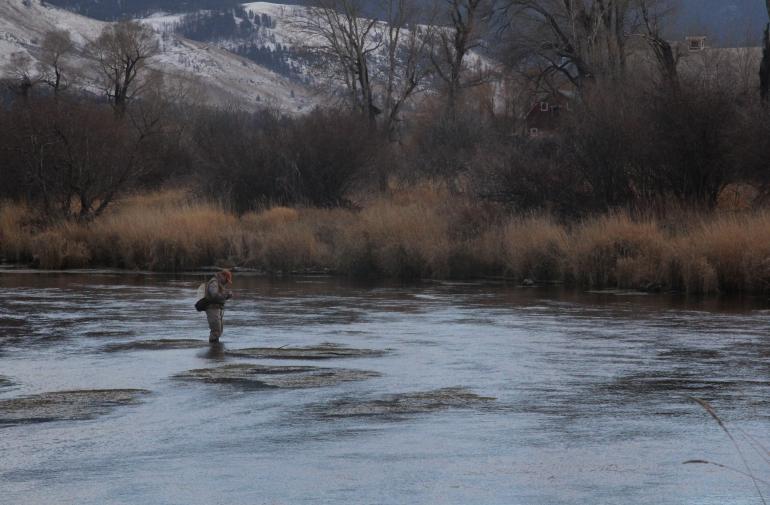
Get as Close to Feeding Trout as Possible
Although spring creek trout can be exceptionally spooky, it is still a good idea to get as close as you can before making a cast. Currents in spring creeks vary, and if you have too much line out it is very difficult to get a drag-free drift on either nymphs or dry flies. When trout are feeding on the skinny flats, the minimum casting distance may still be a bit lengthy. When trout are in faster riffles or in deeper water, anglers can get much closer to the trout. It pays to take your time and slowly sneak into position, avoiding wading if possible. We frequently hook spring creek trout with just a rods-length of line out of the guides. The closer you can get to trout the better your presentation will be.
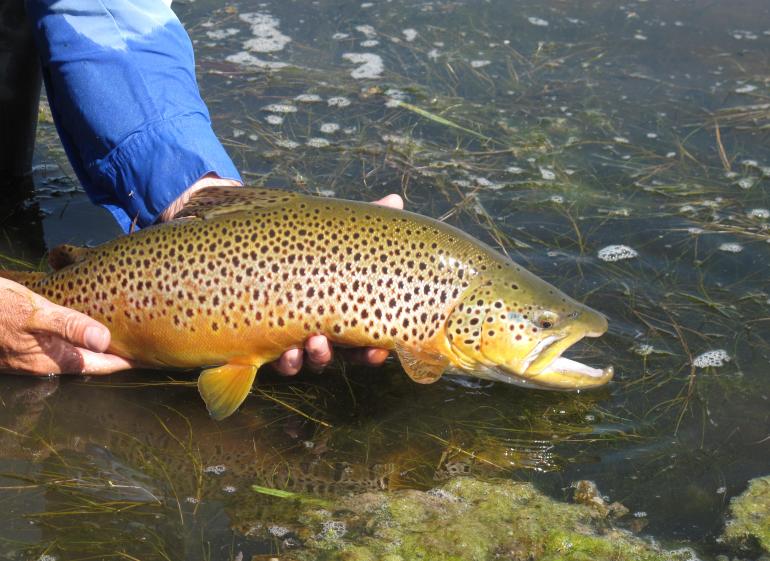
Understand the Life Cycles and Hatch Sequences of Spring Creek Insects
The abundance of aquatic insects found in spring creeks is truly staggering. Since trout have so much food available to them they become notoriously picky during hatches. Fish will completely ignore any offerings made except for those that imitate the insect that is currently hatching. Fortunately spring creeks generally have a lower diversity of insect species compared to rivers, which rely on snow and rainwater run off and simplifies the process to some degree. What spring creeks lack in insect diversity they make up for in sheer abundance of the species that are present. The most important hatches in most Montana spring creeks are midges in the late winter and early spring, baetis in the spring and the fall, and pale morning duns in the early summer. Caddis flies can also play an important role in late spring and early summer on some spring creeks. Understanding when these hatches occur and the time of day of the emergence is critical to success. Since water levels and temperatures are so consistent the annual sequence of hatches is almost exactly the same from year to year on a given spring creek.
Fish Emergers During Hatches
Spring creeks are famous for their mayfly hatches. On Montana spring creeks fisherman can expect to fish over blue-winged olives or pale morning duns during several months of the spring, summer, and fall seasons. During thick hatches trout become very selective and often prefer to take emergers or crippled duns. Our guides almost always produce more hook-ups on emerger patterns than with traditional high-riding duns. I prefer to fish several of the CDC patterns that lie nearly flush in the surface film.
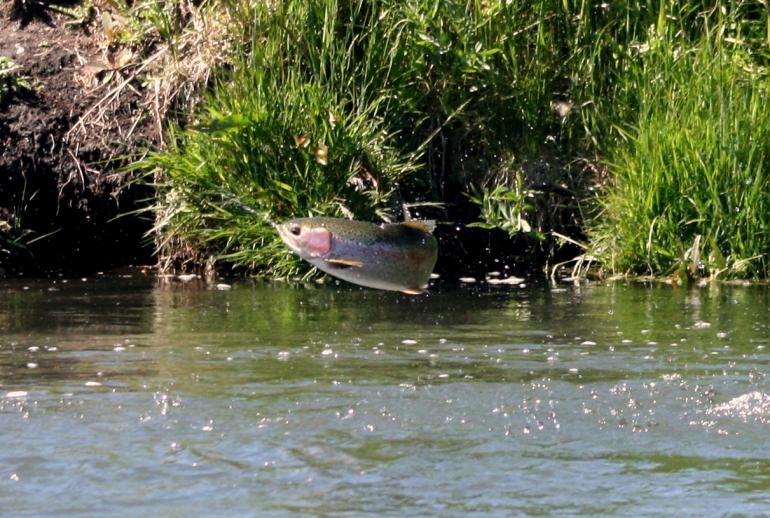
Flies First Presentation
When spring creek trout are holding in deep or fast water traditional presentations of up and across for nymphs and dries are effective. When trout move into shallow glides during hatches it is more effective to position yourself directly across and slightly upstream from the fish. This allows your flies to move to the fish before they see the tippet and increases your hook-up percentages. This casting angler also accommodates specialty casts like reach casts and curve casts that help present the flies first ahead of the leader.
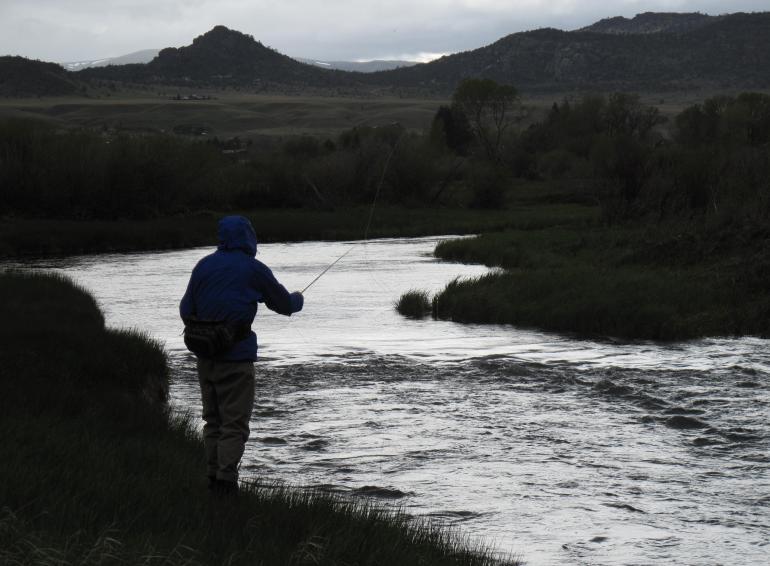
Search For Water that Permits a Drag-Free Presentation
Since spring creeks are so productive in insect life, the trout populations are also much denser than on freestone rivers. Spring creeks are literally teeming with wild fish, and trout can often be found and seen in every run. One of the keys to consistently being successful on these challenging waters is to search for runs that allow for a very good drag-free presentation. Since the waters are often gin-clear, it can be difficult to pass up trout that you observe aggressively feeding. Anglers need to learn to read currents on spring creeks and select runs that won’t generate drag on both dry fly and nymph presentations. Once you find a run that allows for just the right drift line it will be a solid producer from year to year. Sometimes just moving your body position in a run a few feet upstream or downstream will change the geometry just enough to start producing hook-ups.






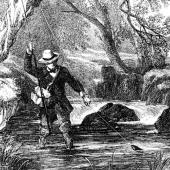





Leave a Comment Here